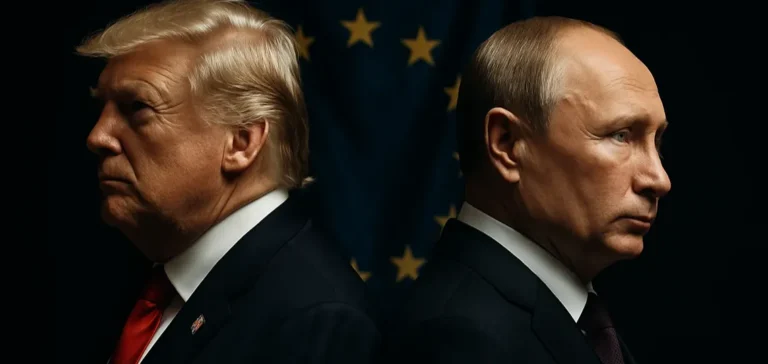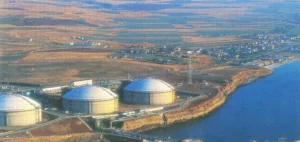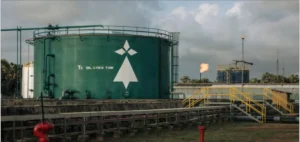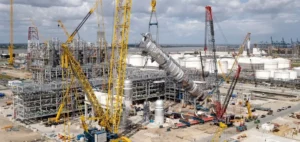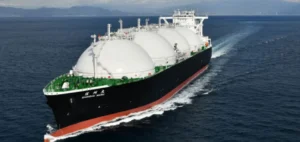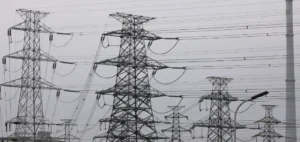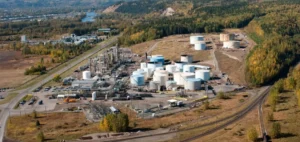Historical data reveal the extent of the challenge posed by the transatlantic energy agreement to the European diversification strategy. Before the invasion of Ukraine, Russia supplied around 40% of the natural gas imported by the European Union, amounting to between 140 and 150bn cubic metres annually. This dependence, considered excessive and dangerous after February 2022, prompted a complete restructuring of European supplies. Paradoxically, the agreement negotiated with the United States could create an even greater concentration on a single supplier.
A problematic mathematical equation
The United States already provides 44% of European liquefied natural gas supplies. To reach the target of $250bn in annual energy imports, the volumes of American LNG would have to be multiplied by six. This increase would mechanically mean that the United States would cover almost all, or even more than 100%, of Europe’s LNG needs. Such a concentration would far exceed the maximum market share ever reached by Russia in the European gas market.
This development raises fundamental questions about the future of other suppliers. Qatar, which recently expressed its refusal to comply with the new European methane emissions regulations, would see its position compromised. Algeria, a historic partner connected by several gas pipelines, would lose its strategic relevance. Norway, although a member of the European Economic Area and a reliable supplier, would be marginalised. Azerbaijan, Nigeria, and other emerging producers would be mathematically excluded from the European market.
Major physical and economic constraints
Beyond geopolitical considerations, the technical feasibility of this agreement remains highly uncertain. Current US liquefaction infrastructure does not allow for a sixfold increase in exports to Europe. Building new liquefaction units requires investments of several tens of billions of dollars and lead times of five to seven years. The global LNG tanker fleet would also need a massive expansion to transport these volumes across the Atlantic.
The economic cost of this transition would weigh heavily on European consumers. American LNG is structurally more expensive than gas transported by pipeline from Russia. Data show that the price of Russian LNG has already increased by 274% between 2021 and 2024. Increased concentration on American LNG, in a context of rising global demand, notably in Asia, would put further upward pressure on European prices.
The strategic implications of an energy monopoly
This reconfiguration of the European energy market raises questions about the coherence of the energy security strategy. The original goal of reducing dependence on a single supplier would turn into the creation of an American hyper-dependence. This situation would expose Europe to the uncertainties of US energy policy, as demonstrated by recent tariff changes and trade negotiations under pressure.
The criticism expressed by some European political groups reflects these concerns. The creation of a near-American monopoly on European energy supply would compromise relations with traditional suppliers and reduce European bargaining power. The absence of real diversification would maintain, or even increase, the strategic vulnerability that Europe sought to eliminate after the Ukrainian crisis. European leaders now face a dilemma: accept a potentially stronger dependence than the one they sought to escape, or risk American tariff reprisals on all their exports.


